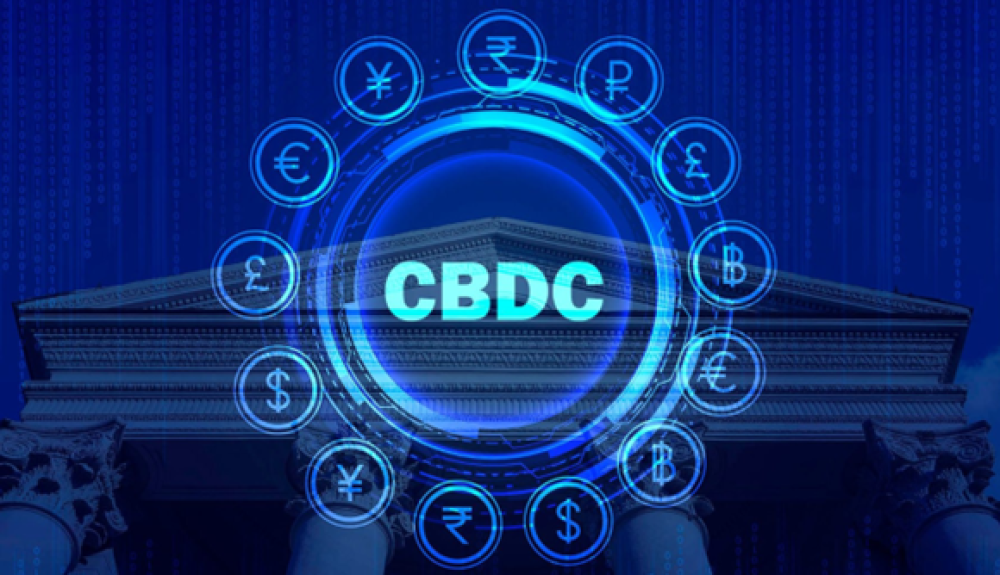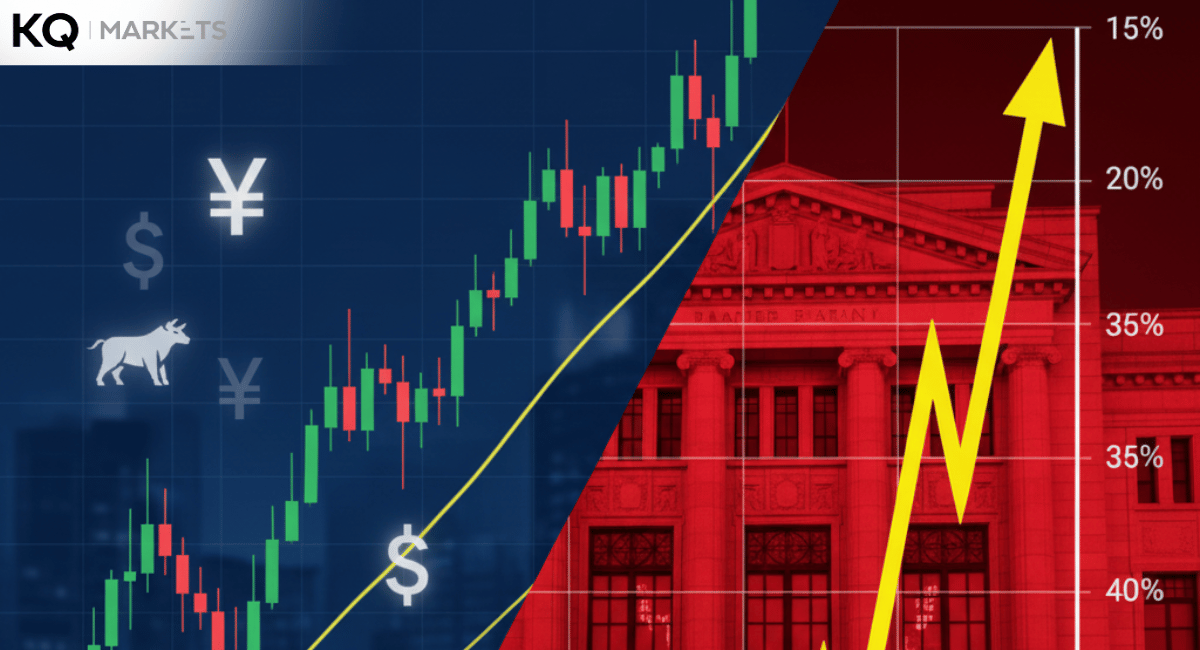The US Secretary of Treasury says the country is exploring alternatives for adopting a wholesale or retail central bank digital currency. Nellie Liang said last Monday that a government agencies’ consortium would frequently meet in the following months to determine if a central bank digital currency would work for the US. Experts believe a US CBDC could preserve the dollar’s global role since it comes with functionalities that traditional forms of money lack.
Besides, the digital currency might help reduce the undesirable challenges in cross-border payments. The United States dollar serves as the world’s reserve currency that accounts for more than half of central bank reserves in the world. Thus, it plays a significant role in international transactions. The secretary’s comments revealed the administration's plans and provided insight.
Meanwhile, the remarks arose one year after the US president’s executive order to agencies. The order directed agencies to research the central bank's digital currency and create a broad approach to digital assets regulation. In any case, the US treasury believed that a CBDC could be a legal tender convertible into paper currency, reserve balances, and other central bank money. But the CBDC ought to protect users’ privacy and curb illicit financial transactions.
On the other hand, the Federal Reserve emphasized that it would issue a central bank digital currency with the support of the public, Congress, and the executive branch. Liang says that public support and interest will decide if to adopt it. Remember that the most popular reason countries opt for digital currencies is to promote connection with the public. Financial experts believe the US plans to release a 24-7 instant payment service this summer or spring.
The payment service will use an existing form of central bank reserves and central bank money as an interbank settlement asset. In other words, the US CBDC will involve a new set of payment rails and a new style of central bank money. Liang also explained that the authorities anticipate how a retail CBDC and a wholesale CBDC would differ. They presume that the differences might be access driven or technological.
In simple terms, retail CBDC might complement cash as a central bank digital liability accessible to the public. The wholesale CBDC might become a tokenized central bank liability supporting 24-7 secure transactions and payment activities. Hence, a wholesale central bank digital currency would apply to a wide range of financial intermediaries and institutions eligible for central bank accounts. Overall, the wholesale CBDC might back asset stablecoins that make it easier to transfer value.





